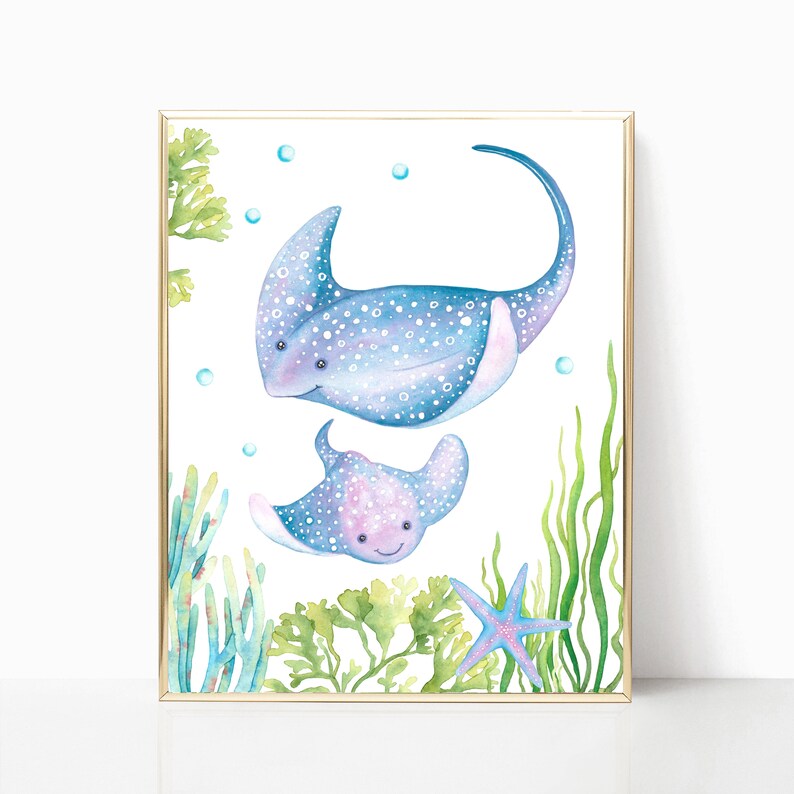

The population decreases for the same reasons. The decline of the oceanic manta ray populationĪs for its smaller sister, the manta ray manages to escape from most natural predators. This long process does not help their proliferation and reproduction.

In addition, reef manta have a low fertility rate, a long gestation period and reach sexual maturity at an advanced age. The animal is hunted for not scientifically proven therapeutic virtues, which is granted to its flesh by traditional Chinese medicine. Indeed, for more than twenty years, their population has decreased, mainly because of fishing. The main predator of the reef manta rays is mankind. Indeed, only a few species, such as the tiger shark, the hammerhead shark, the bulldog shark or the killer whale manage to get it. In terms of natural predation, the manta ray, thanks to its speed, nearly 25 kilometers per hour, easily escapes most predators. The slow disappearance of the reef manta rays Because of this, washing stations are often the best dive sites to see manta rays at daytime. Manta rays love those places where many shrimp gather to feed on the dead skins and microorganisms that live on our great pelagic friend. If you have already dived in one of the main manta ray diving destination, you have certainly heard about the cleaning stations. Furthermore, it is usually easier to dive with manta ray at night as they are more active and feed on the plankton that came back to the shallow water. This is the reason why encounters with manta rays occur mainly in areas with strong current. Moreover, they mainly move according to the currents. These microorganisms often descend into the depths during the day and come back up at night. Like the whales, the manta rays filter the water to catch and feed on zooplankton. To give you an idea, females manta rays give birth almost once every 5 years. At birth, the baby oceanic manta is already about 1.5 meters long and will be about 3 meters at one year old only. The young grow and hatch in the mother’s womb. Concretely, this means that it carries its eggs inside its uterus.


 0 kommentar(er)
0 kommentar(er)
